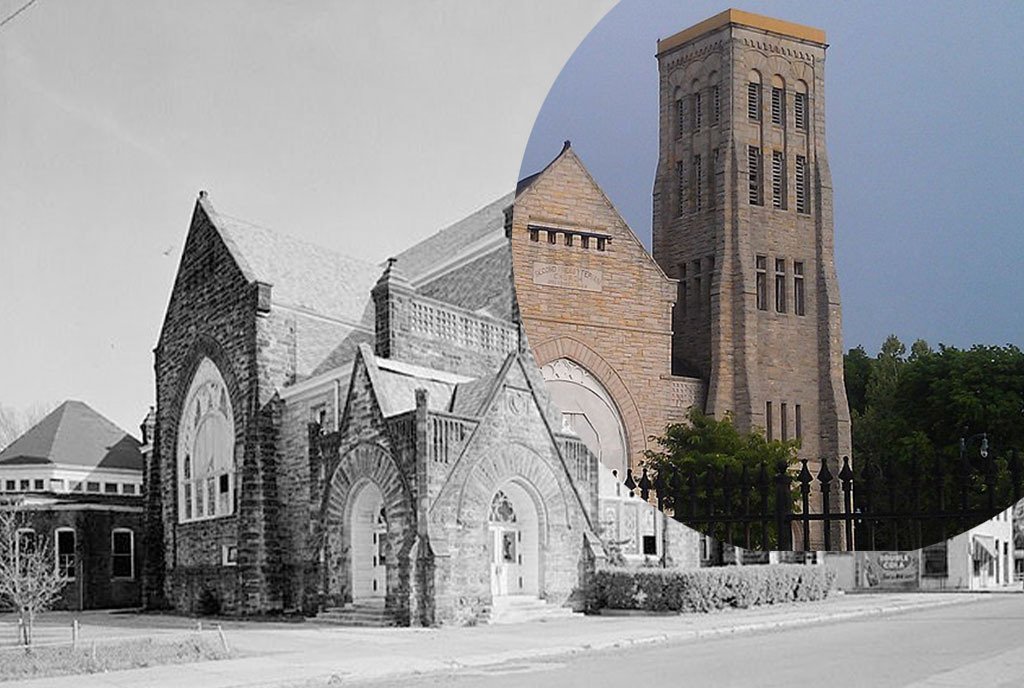
August 9, 2019; New York Times
At NPQ, we often write about the need for nonprofits to advocate to lift wages and working conditions, especially in direct care industries. Sometimes, our sector is supportive of these efforts; other times, not so much. As NPQ’s Ruth McCambridge wrote back in 2016, “Some nonprofits appear to have an unending supply of rationalizations for creating wage ghettos among frontline and direct care workers.”
Now, however, from Alex Traub in the New York Times comes a story of a nonprofit that is, inadvertently or not, abetting the conversion of an industry that’s known for paying decent wages into a new wage ghetto. Of course, this is done with the noblest of intentions: finding jobs for returning citizens.
The nonprofit in question is the Center for Employment Opportunities (CEO). Based in New York City, CEO reported over $32 million in revenues on its 2017 Form 990. The nonprofit places about 1,000 formerly incarcerated individuals in jobs each year. Many of those placements occur through a partnership with Trade Off Construction Services, a nonunion construction firm. As Traub explains, a union journeyman in New York City can earn $69 an hour plus benefits. A nonunion construction worker at Trade Off starts at $15 an hour with no benefits.
Traub adds, “Interviews with 15 current and former workers—all of them previously incarcerated—at Trade Off and two other large nonunion laborer providers, Spacious Living Group and Construction Staffing Solutions, revealed that many workers struggle financially.”
The impact of high-intensity construction work and low pay, beyond limiting people’s ability to live decent lives, can lead to behaviors that risk renewed prison terms, directly undermining the nonprofit’s mission of reducing recidivism. Traub adds that the people interviewed indicated that:
They make too much money to receive food stamps but feel the loss of food stamps keenly. They cannot afford health care. They ration nights out.
To make ends meet in New York, they work as much overtime as possible and seek off-the-books side gigs. Nine people—several with experience at each of the three companies—stated that some of their colleagues on the average work site have dealt drugs to supplement their income.
Sign up for our free newsletters
Subscribe to NPQ's newsletters to have our top stories delivered directly to your inbox.
By signing up, you agree to our privacy policy and terms of use, and to receive messages from NPQ and our partners.
For its part, the nonprofit, which named Trade Off its “employer of the year” back in 2016, defends the partnership. “Half the people at CEO have never worked before,” Sam Schaeffer, the nonprofit’s chief executive officer, tells Traub. “When they’re being sent here, it’s principally because there’s a need for immediate income.”
Local 79, the construction trade union in New York City, is none too happy. “You’re cutting pay, cutting benefits, and you’re using an easily exploitable model—which is the re-entry population—to do it,” Chaz Rynkiewicz, director of organizing for Local 79, tells Traub.
CEO is not alone in this practice. Traub reports that the Fortune Society and the Osborne Association, two other large New York City reentry employment nonprofits (both with revenues well in excess of $10 million), also engage in the same practice. “According to data provided by each nonprofit, nonunion firms account for roughly 95 percent of placements they make in construction.”
The nonprofits aren’t the only guilty party here, however. After all, to place returning citizens in union construction jobs, there have to be available jobs. In 2013, Traub writes, Local 79 created an organization called Pathways 2 Apprenticeship (P2A), but only 226 people have been able to join construction unions through the program in six years. That works out to an average of less than 40 jobs a year.
“By contrast, CEO and Fortune together make over 300 placements in nonunion construction every year,” Traub explains.
That said, clearly placement in a union job is far better than in a nonunion job, and not just because of pay and benefits. Traub reports that only 36 percent of those placed in nonunion construction firms remained employed after three years, compared to 80 percent who joined Local 79 through its P2A program.
Nonprofits like CEO cannot change the construction industry by themselves, but they can partner with unions and government agencies to make more union trade jobs available. Back in 2016, the National Employment Law Project (NELP) conducted a national scan of such efforts. NELP, for example, highlighted a Sacramento program that in 2015 placed 85 percent of 160 pre-apprenticeship graduates into union trade jobs. It would be great to see nonprofits like CEO make partnering to create such opportunities for the people they serve a much higher priority.—Steve Dubb













